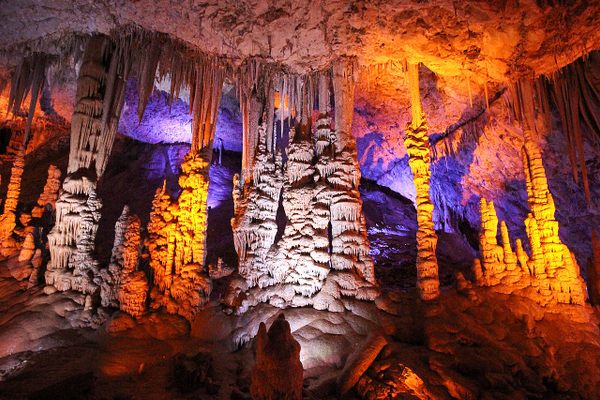About
On the coastline of Brooklyn is a small bay with a huge history.
Walking along Kent Ave between North 12th and North 15th street, one finds themselves peering at a large fenced-off industrial site surrounding an inaccessible East River cove known as Bushwick Inlet. Called "one of New York City's last great pieces of fenced-off industrial wilderness" by photographer Nathan Kannsinger, it is home to the Bayside Oil Terminal (previously Charles Pratt’s Astral Oil refinery), a collection of collapsed piers, and areas of semi-wildness. A number of bird species make it their home.
Once the mouth of a swampy marshland that extended all the way back to McCarren Park, it was fed by a large stream that divided Greenpoint from Williamsburg. The creek was first called Norman Kill by the Dutch (named after Dirck de Noorman, the first European to settle in Greenpoint). It later came to be known as Bushwick Creek.
In the mid-19th century, the flowing water of Bushwick Creek provided desired waterwheel power and drew numerous industries to the area. This spot near Calyer and Quay Streets quickly became home to a number of large industrial concerns, including the massive Continental Iron Works.
Continental Iron Works was an immense shipyard and manufacturer of steam boilers, structural iron, and prefabricated building materials. The most famous accomplishment by Continental Iron Works was building and launching the first Iron Clad battleship, the USS Monitor, from this spot in 1862.
More recently, the area was designated by the city to be made into a 28-acre park in exchange for a 2005 rezoning and the development of large luxury condos in Williamsburg and Greenpoint. However, as of 2012, only a very small section of the area had been made into park area, and with the raising of property values — created in part by the promise of the soon to be made parks — the city has said it may not have the money to purchase and develop the rest of the Bushwick Inlet into the promised park area.
Related Tags
Published
July 25, 2010


































